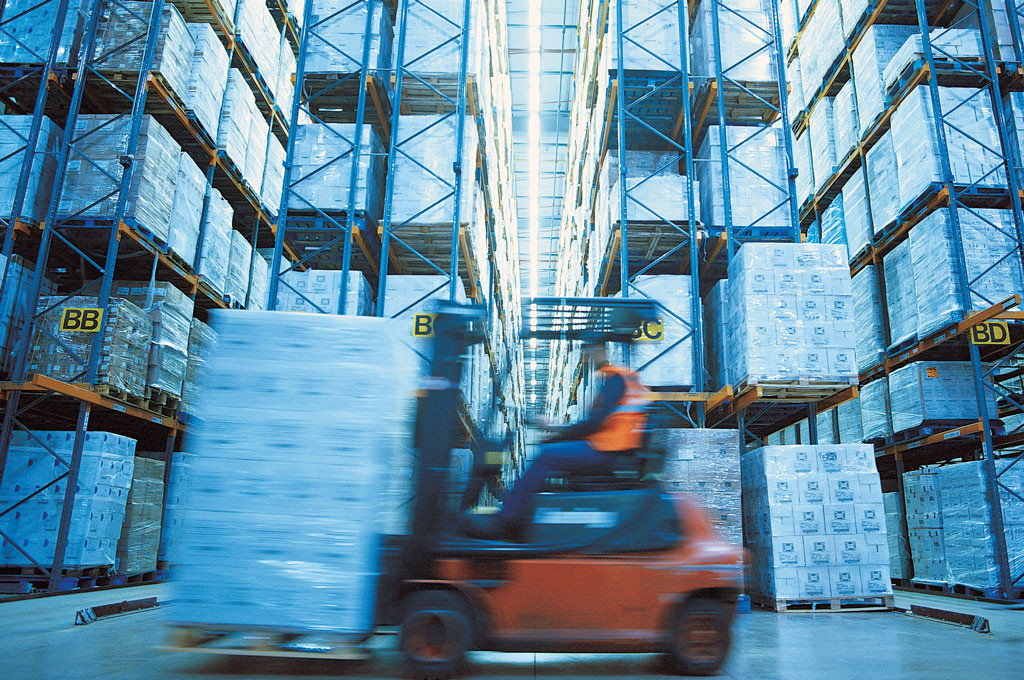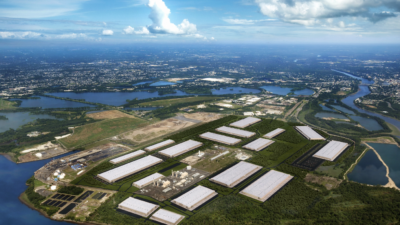If you harbor any doubt that e-commerce today is a global force touching upon a multitude of industries, a recent Colliers report should banish it from your mind. The inaugural Big-Box Market Report, a 2016 outlook report produced by Colliers’ Industrial Logistics & Transportation Solutions group, reveals that 2015 was one of the strongest years to date for the industrial real estate sector in North America. That sector’s outstanding performance—as you might have guessed—is largely due to the advent of online shopping. Based on early research of activity so far this year, all signs point to 2016 being another great year for the sector.
Plus: The industrial age | The new breed of robots revolutionizing industrial CRE
So what is a big-box building? It’s not a building that houses a “big box” retailer like Walmart or Target, but it is a building that might serve such a retailer’s brick-and-mortar operations and, increasingly, online sales. Big-box buildings are defined as large industrial buildings with 300,000 or more square feet, have ceilings of 28’ or higher, and they are built using pre-cast or tilt-up concrete construction. Since they are primarily used as distribution centers, the sturdy construction and oversized floorplans are necessary to move large amounts of goods in and out of the buildings.
Also: Cities to know: Dallas – Fort Worth | Cities to know: Chicago
So how hot is the big-box market? There are 1,961 big-box buildings in North America, and last year only 151 of those buildings were vacant. That’s a ~93% occupancy rate, which certainly isn’t too shabby. But even more telling are the big investments being made in big-box buildings. In 2015, 61 million square feet of new big-box space was delivered, and more than half of that inventory was developed on spec. This shows a lot of investor confidence in the rise of the big-box distribution centers. In fact, big-box construction activity grew every quarter in 2015, and it continues to expand in 2016.
The rush to build bigger and better distribution centers comes as shopping has steadily moved online. In 2015, online sales in the United States alone accounted for $341.7 billion, a ~15% increase over 2014…which was about 15% more than 2013, which was about 15% more than 2012, and so on all the way back to 2009, when the world was dealing with the Great Recession. By crunching the numbers released from the U.S. Department of Commerce on February 17, 2016, the folks at InternetRetailer.com figured out that online sales account for ALL retail sales growth after factoring out things which one simply doesn’t buy online (yet), like cars and fuel.
Want to learn more? Download the Colliers Big-Box Market Report to get a comprehensive analysis of industrial big-box transactions in North America’s eight largest distribution markets: Atlanta, Chicago, Dallas, Houston, Greater Los Angles, Pennsylvania, New Jersey and Toronto. The research is meant to help Colliers’ investor clients grow their portfolios and occupier clients understand the market dynamics, but it is an interesting reading for anyone loves commercial real estate and the business trends of the future.

 Colliers Insights Team
Colliers Insights Team

 Patrick Beard
Patrick Beard Jacob Crist
Jacob Crist
 Michael Golarz
Michael Golarz Tom Golarz
Tom Golarz
 Craig Hurvitz
Craig Hurvitz